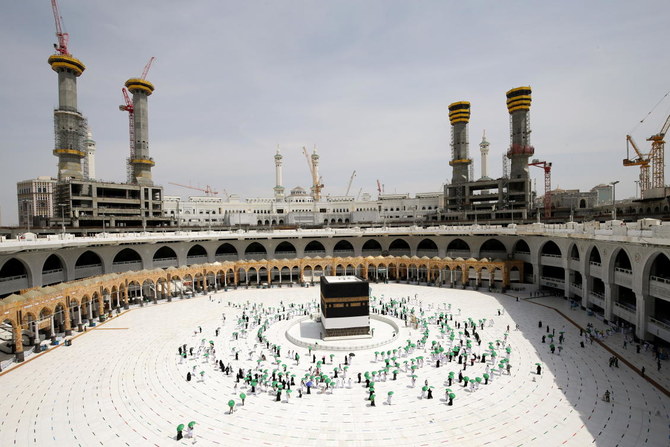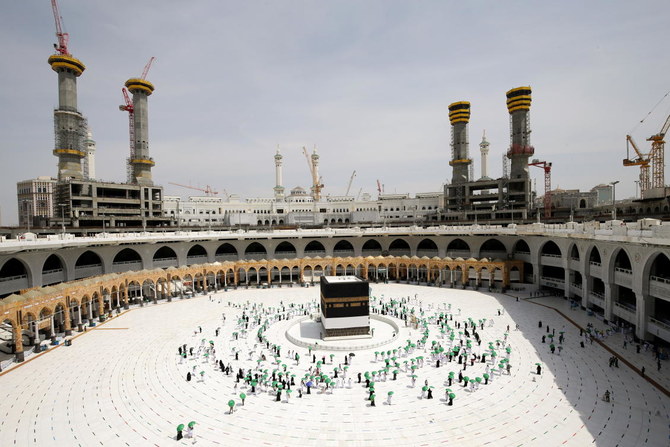All Muslims seek to perform Hajj at least once in their lifetime. Hajj is the fifth pillar of Islam and is conditional — only for those who are able. The Kaaba, which means cube in Arabic, is 15 meters high and covered in black silk.
The mount where the Kaaba is located was a shrine and existed long before pre-Islamic times. In Islamic history, the Kaaba was built by Prophet Ibrahim and his son Ismail.

The Quraysh tribe, which ruled Makkah, reconstructed the pre-Islamic Kaaba around 608 C.E. with alternating stone and wood courses.
A door was built above ground level to safeguard it from intruders and floods. The Black Stone, which Muslims aim to touch and kiss while performing Umrah and Hajj, and statues of pagan gods were kept in the pre-Islamic Kaaba.

In 620, Prophet Muhammad was expelled from Makkah and exiled to Yathrib, which is today known as Madinah.
The shrine became the main site for Muslim prayer and pilgrimage after the prophet’s return to Makkah around 629 and 630. On his victorious return to Makkah, the prophet is said to have cleansed the Kaaba of idols, restoring the shrine to Prophet Ibrahim’s monotheism.

Muslims honor the Black Stone, which is said to have been sent to Prophet Ibrahim by the Angel Gabriel. In the year of his death, 632, Prophet Muhammad undertook his final journey, establishing the rites of pilgrimage.




















